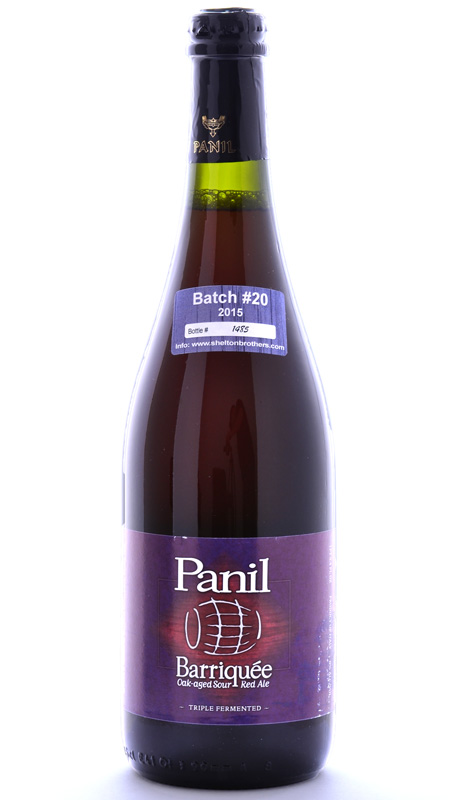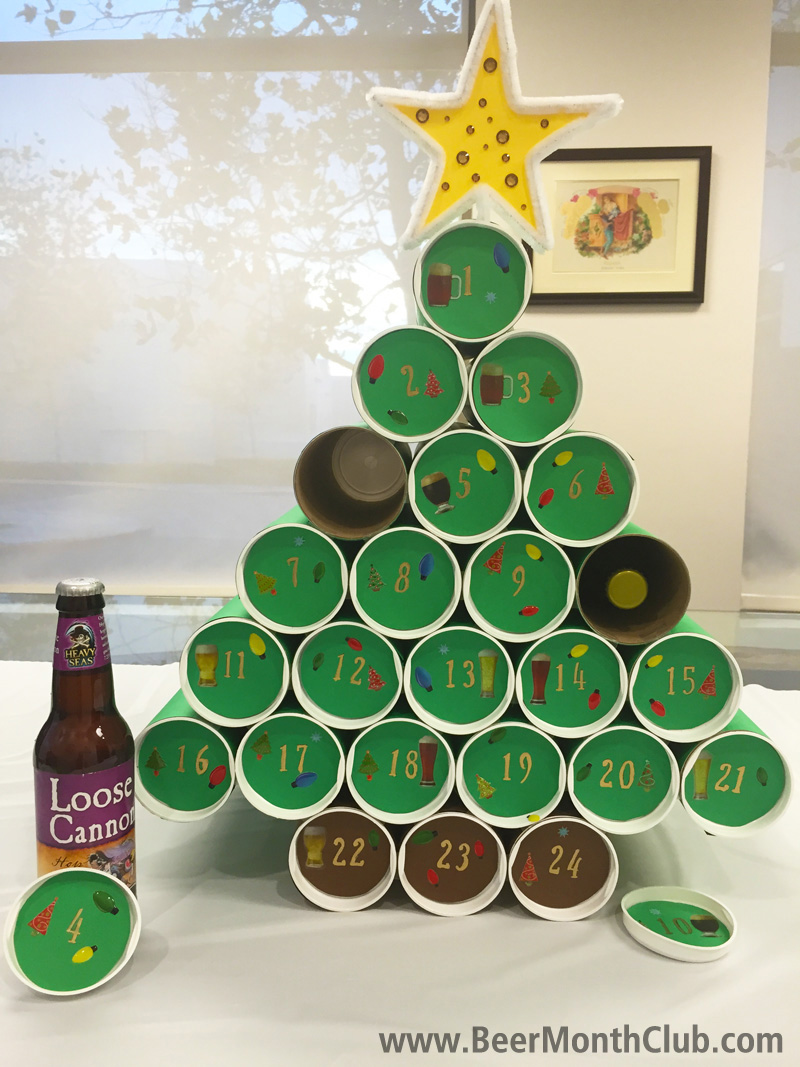 I touched upon this very briefly in my last column, but wanted to dig a bit deeper into quick and kettle sours, particularly as The Rare Beer Club’s featuring the slow-process Panil Barriquée.
I touched upon this very briefly in my last column, but wanted to dig a bit deeper into quick and kettle sours, particularly as The Rare Beer Club’s featuring the slow-process Panil Barriquée.
For my latest Trending column in All About Beer Magazine, I tasted through a few dozen sour beers that had been made via quick- or kettle-souring techniques—which are becoming way more popular as of late. The chemistry gist is this: most sour beers (and most beer generally) is fermented after its boiling process, and takes weeks or years to transform available sugars and such into useful things like alcohol, carbon dioxide, and the tart acidity of a sour ale. In quick- or kettle-sour beers, Lactobacillus bacteria (like in Berliner weisse) is added under ideal circumstances before the boiling process, creating a strong vein of lactic acid in a day or two. The subsequent boiling prevents said Lacto from infecting a brewery’s non-sour equipment, which, beyond time savings, also means you don’t have to invest in actual sour equipment.
Don’t get me wrong. I did manage to track down a few quick-sour beers that are worth the effort, including two really nice (if curiously named) releases from Smog City Brewing Co. in Torrance, California: Cuddlebug (with welcome peach and apricot nuances) and Snugglebug (showcasing raspberry and boysenberry additions). Two super-good renderings that manage to work around the core limitation of these beers: the quick-/kettle-sour process will, even if you do everything right, only yield a quite simple, pronounced lemon-custard-y sourness that (as far as I could find) works best when tempered by other ingredients… What I’m getting to is probably some form of the following: Looking to rekindle that love of lambics, and other slow-brewed, complex sour beers? Tasting through a couple dozen kettle sours might help.



